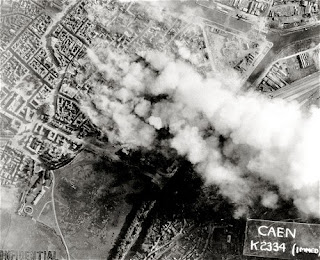His class of 19 grade 2-3 students had four teachers the year before he arrived. There were fights almost every day for the first two weeks. Kids would run home at the first sign of conflict. They would tell him "Only my mom can tell me what to do." He had one hour duty free at lunch and walked home too exhausted to eat. One recess there was a scuffle across the street and a man went flying over the porch railing. It was the dad of one of his students. The kid raced over screaming.
This guy had 12 students with IPPs in that class. Two girls went with their parents onto the trap line every year. They lived in a beautiful log cabin on the shores of Great Slave Lake. They were fascinated by the running water in the school bathroom and would sometimes disappear for a long time, playing with the taps. One sweet young fellow in grade 3 had never learned to read due to chronic absenteeism. But whatever this guy was doing with that class was working and with a 98% attendance rate, that kid went from being illiterate to reading at grade level in just a few months. One Saturday, a spunky grade 2 girl from his class showed up at our house. She had "found" money in her house. We knew the people she lived with were on a month long bender and had sold their skidoo for alcohol. We took her to the Northern Store and she bought some craft supplies.
When the assistant superintendent came for an inspection, his class was making butter by rolling a jar of cream back and forth. He got the school to buy cross country skis and taught his kids to ski. He ordered school jackets. He read stories out loud while kids made amazingly detailed snowmobiles out of construction paper and dragged them around the room on pieces of string. His principal wondered why so much of the supply budget seemed to be going to buy tape. His class performed a play, "Santa and his Snowmobile." At Christmas they asked him if he would come back. Because where they lived, teachers didn't come back.
He organized a field trip to Edmonton. For the kids, the highlight was seeing cows and going up to the top floor of the Manulife Building. For us, it was helping them see that the world beyond their experience was not such a scary place.
The next year he taught grade 8 and 9. It was the first class to complete junior high in years.
This guy went on to be a guidance counsellor at a K-12 school in central Alberta and then senior high guidance counsellor in a northern town. He taught Ethics and Media and English and Health and Social Studies. He provided counselling for kids with family issues, relationship issues, mental health concerns, addictions, teacher conflicts, issues with not knowing who they were or where they were going. He organized the school scholarship programme which grew from 4 to 14 locally awarded scholarships under his administration. Until his jurisdiction decided high schools didn't need teachers as guidance counsellors, he worked with kids who are now engineers and nurses and electricians and instrumentation techs and doctors and politicians and business owners and artists and teachers and computer programmers and brewers and welders and mechanics and chefs and journalists.If you go out somewhere with this guy, you'll meet former students who are excited to tell him what they are doing now.
He's coached badminton and basketball and facilitated the school yearbook and organized the 30 hour famine and taken kids overseas. He's published articles and presented at conventions. He's written distance ed course materials and marked diploma exams and brought the internet to his school. He started the RAP programme and built his school website. For a few years it was a Christmas tradition for students to give him autographed posters from whatever peeler was working at the bar. For awhile, Father's Day cards were given.
During the Slave Lake fires, he offered his services to his students who phoned and texted and emailed and came into the temporary office space provided by ADLC. It was a place where kids could debrief and just be kids. One day that office was full and he sat in his car across the street poaching the ADLC internet on his laptop, looking up student records and calling teachers and helping kids figure out a path. Later that summer, when Alberta Ed "forgot" they were exempting students from diploma exams, students phoned in a panic when their university entrance was denied. He spent hours on the phone with Alberta Ed, the U of A, and Grant MacEwan getting those kids re-instated.
This guy will never boast about anything he's done. I don't think he even believes there is anything to be proud of. That's not how I see it.
Today, this guy is retiring from his teaching career.
This guy.





































